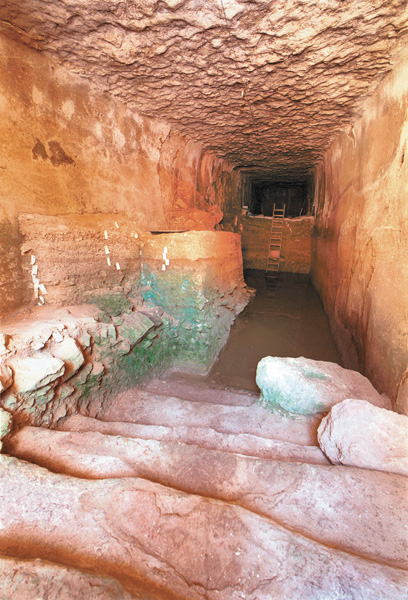John the Baptist’s Cave???
The Evidence Is Thin

On August 17, 2004, the New York Times devoted an entire column in its A section to the discovery of a cave with a pool near Jerusalem that, it said, John the Baptist may have used to baptize early converts to what later became known as Christianity.
The following day, Doubleday released a nearly 400-page book by the cave’s excavator, Shimon Gibson, entitled The Cave of John the Baptist. The book jacket announced that this discovery was “as momentous and far-reaching in its implications as the discovery of the Dead Sea Scrolls.” The title page declares that the discovery “has redefined Christian history.”
In fact, few, if any, scholars in Israel think this cave has anything to do with John the Baptist.
The discovery is nevertheless extremely important—not because of what it says about John the Baptist, but what it says about life in Israel in the sixth century B.C. For that is when this enormous space was dug out of the rock. It is more like a hall than a cave, carefully dug in straight lines. It is nearly 80 feet long, over 12 feet wide and over 16 feet high, entered by descending 12 broad stairs. The space was made watertight with clearly datable plaster about half an inch thick—and it was never re-plastered.
Already a library member? Log in here.
Institution user? Log in with your IP address.

